How to cure potatoes after harvest? If you are searching for an answer to this question, you have landed at the right place. Storing potatoes after harvesting is not an easy thing to do. You need to consider multiple factors like temperature, light exposure, and location which we have discussed here in detail.
Read on to learn about important considerations after harvest, the best storage locations, and some common problems associated with it. Let’s dig into the details.
Contents
Curing Potatoes: The Phenomenon Explained!
Potato curing involves a 10 to 14-day period during which we allow the potatoes to undergo natural air drying.
- This prepares them for storage so they can retain their freshness in the long run.
- This remedy promotes the healing of minor cuts while simultaneously strengthening the skin, providing significant advantages for prolonged storage.
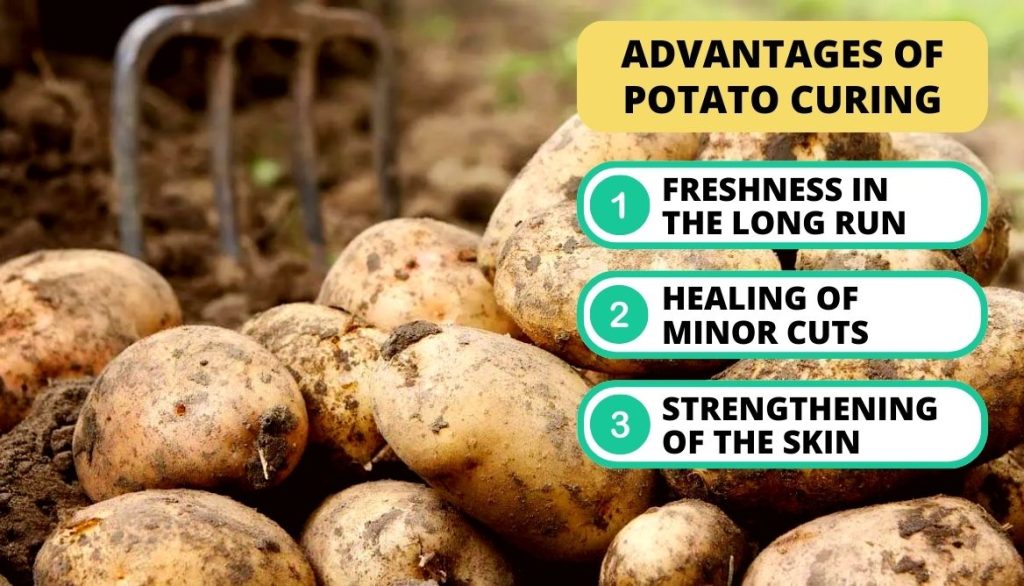
If you opt to store potatoes without curing, your potatoes will stay fresh for only one to two months. After that, they will start to rot.
How To Cure Potatoes After Harvest – 6 Step Easy Guide
Curing potatoes can be a little tricky for you if you are doing it for the first time. All you have to do is to follow these easy steps:
1. Harvesting Mature Potatoes
You must harvest potatoes in the fall when the tops are completely dead and the tubers are mature enough.
- To test the tuber’s maturity, check its skin.
- If it rubs off easily, it means they are immature potatoes and are still baby potatoes and need some more time in the soil.
2. Remove Excess Soil or Sand
Eliminate any surplus soil from the potato tubers.
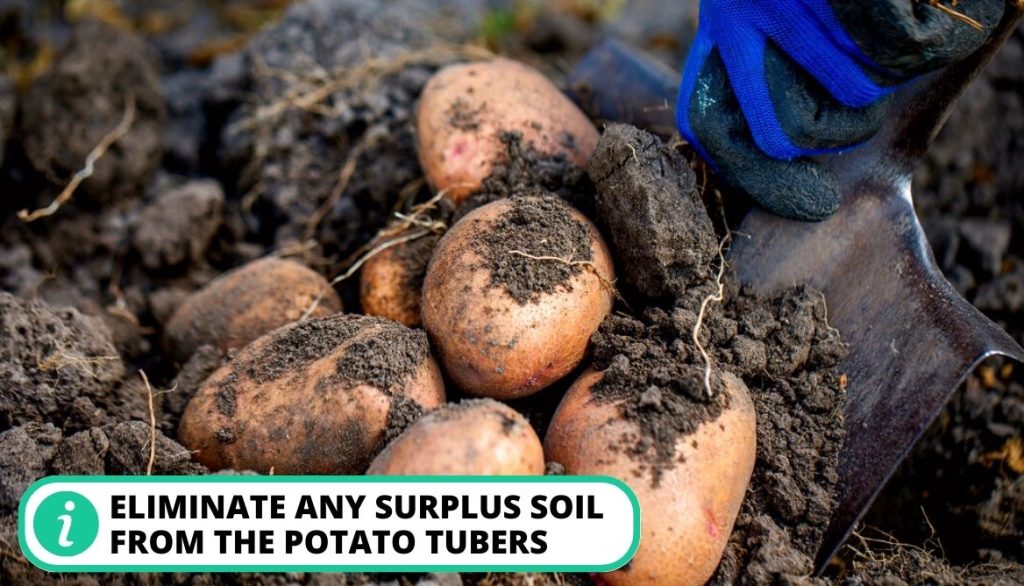
- If your potato plants are cultivated in sticky clay soil, it may be necessary to rinse them with a hose for cleaning.
- On the other side, potatoes grown in sandy loam do not need to be washed as the dry soil falls automatically.
3. Air Drying of The Potatoes
After washing potatoes you need to let them dry in the air:
- You can place them in shady areas or put them in screened trays so that air can circulate around them.
- Don’t let potatoes dry in the sun as it may cause sunburn.
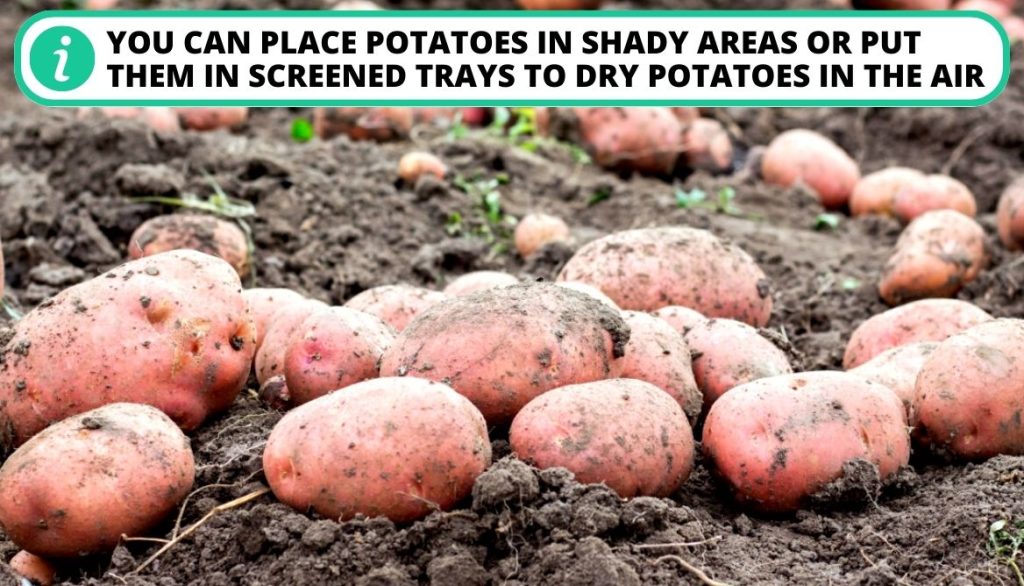
4. Dark Storage Area
Put the harvested potatoes in slatted wooden boxes so that air can freely pass through them. Make sure the storage area is dark.
According to Iowa state university extension (ISU), the space must have:
- Good ventilation,
- Temperature between 45 to 60 degrees Fahrenheit,
- Humidity between 85 to 95 percent.
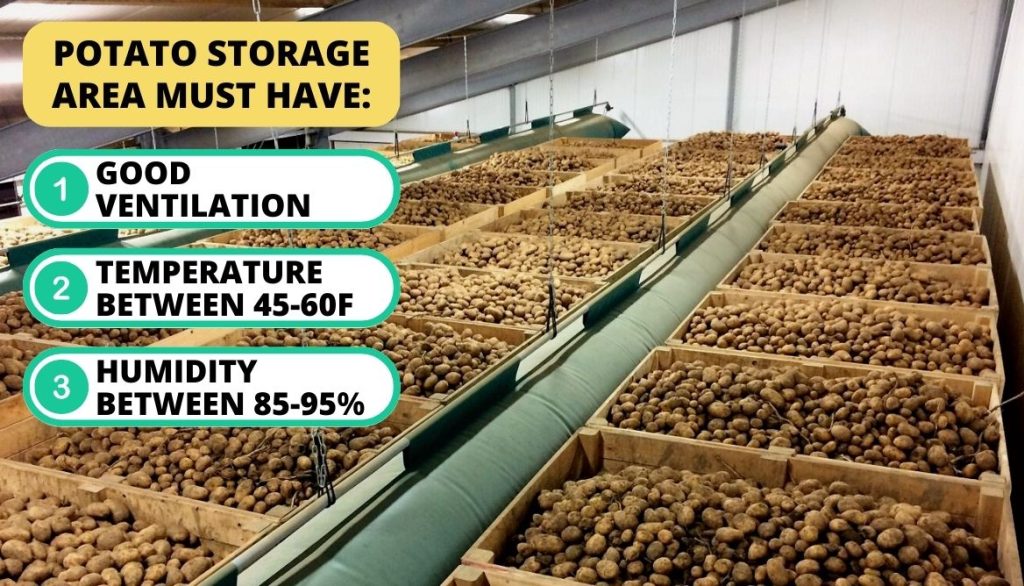
Keep your potato harvest in this space for at least two weeks to cure any bruises, cuts and toughen the skin.
5. Sorting Potatoes
After curing, now it’s time to sort the potatoes and remove any soft tubers present.
- Look for unhealed blemishes, damaged potatoes should be removed right away.
- While the healthy crisp tubers are ready to be stored for winter.
6. Storing Sorted Potatoes
Place your sorted potatoes in boxes, on shelves, or in trays, and keep them in a dark location. The temperature must be between 45 to 50 degrees and the humidity of 90 percent.
For more insights, check out this helpful video.
Important Consideration For Sorting And Storing Potatoes After Harvest
If you store potatoes in high temperatures it will break the dormancy and also cause sprouting. One study performed by students of the University of Idaho showed that unheated places like garages and basements having temperatures of 55 degrees Fahrenheit provide the best results.
When you put potatoes in refrigerators, they develop sugar which will darken them while cooking.
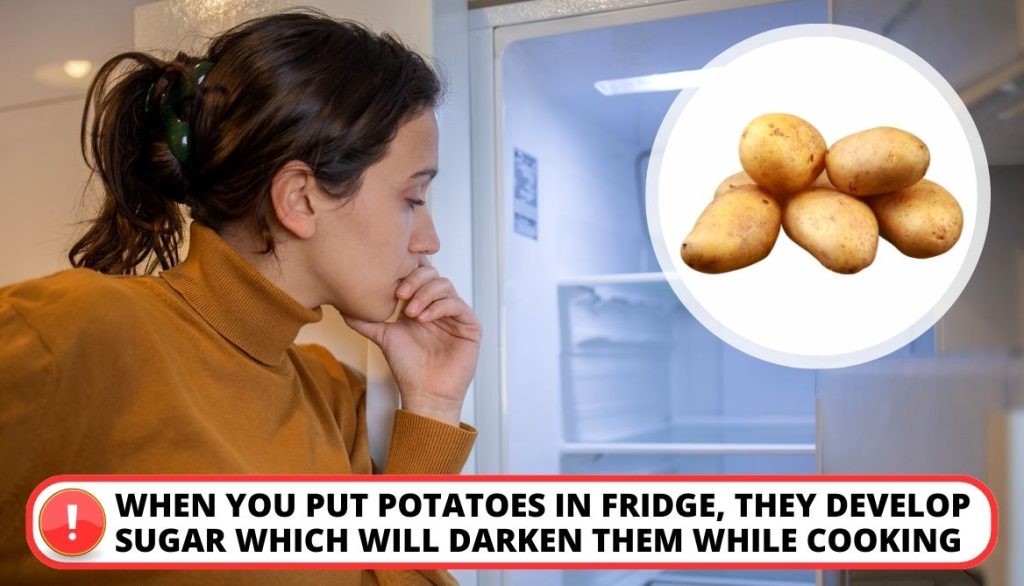
To avoid that, let’s learn about the best areas for storage.
Interesting Facts About Storage Locations
Commercial potato storage facilities maintain a temperature of 45 degrees Fahrenheit. However, the constant cool temperatures like the southern Cappadocia of Turkey are considered to be the best region for storing potatoes. In the USA, early settlers from Tennessee to Oklahoma make use of caves to store potatoes and other important crops.
Keep these few things in mind while storing and sorting newly harvested potatoes:
- Humidity,
- Temperature,
- Light,
- Proper storage box or tray.
Best Location to Store Potatoes After Curing
Given below are some best locations to keep your potatoes:
1. Storage Pit
Creating a storage pit for potato storage is not a hard thing to do. Just follow these guidelines.
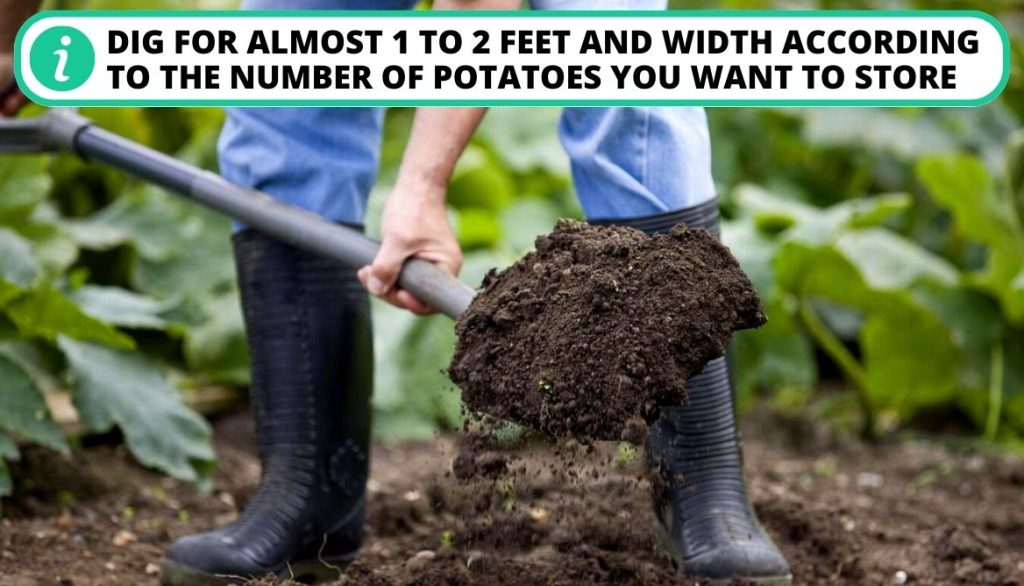
- You first need to locate an area that is fairly dry, for instance, a hill. Never opt for the area where the rainwater creates a pool.
- Now, dig for almost 1 to 2 feet and width according to the number of potatoes you want to store.
- After that, fill the end of the pit with 3 inches of clean and dry straw and place potatoes on top of it (one layer).
- You can store up to two bushels of potatoes in a single pit.
- Add another layer of the dry straw over the potatoes. This layer must be between 1 to 3 feet deep, it also depends on the weather condition in your region.
- The final step is to put the excavated soil back on the top of the pit, covering the last layer of the dry straw and ensuring it is 3 inches thick and no straw is visible.
In extreme weather conditions for some additional protection, you will need to dig deeper pits.
2. Garage
The garage is the best place to store potatoes as long as it is dry and contains small or few temperature fluctuations.
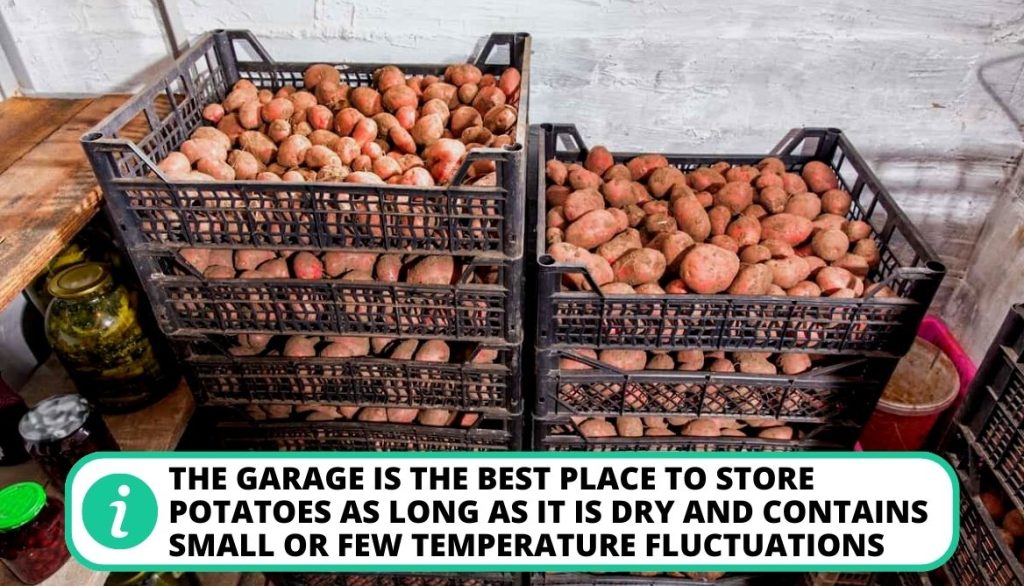
- You can put potatoes in a basket and keep them in a safe place in the garage or shed.
- The main thing is to keep potatoes away from the heat source as it can affect badly your winter storage.
3. Basement
You can make short towers of potatoes in your basement by stacking them between the layers of the egg cartons. Utilize the cloth to cover the top of the towers in order to protect your homegrown potatoes from sunlight. You can keep potatoes in the root cellar or a cool dark place.
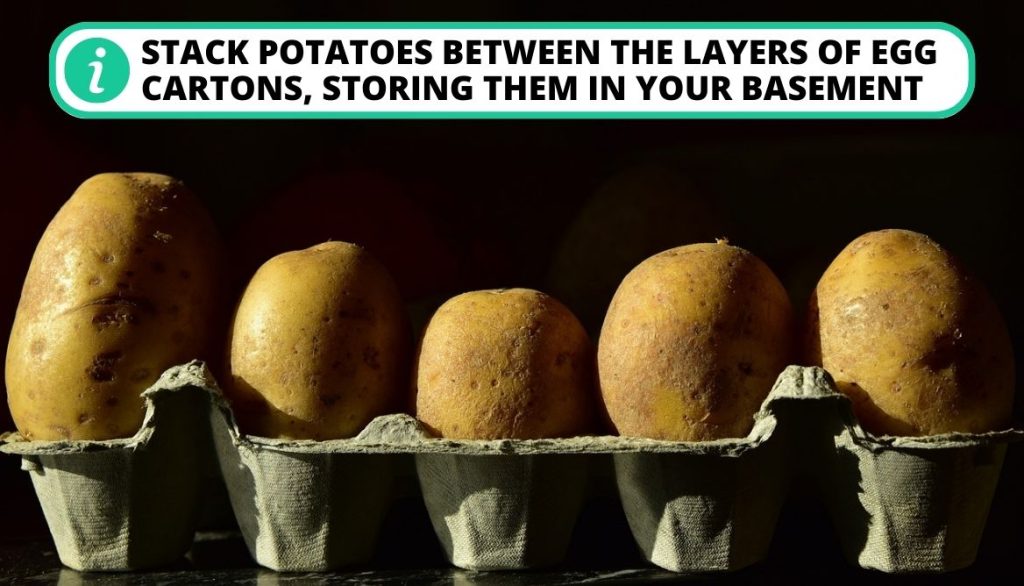
Sometimes, the storing process can go wrong which results in different issues. A couple of them are listed below.
Issues With Storage Potatoes After Harvesting
Let’s explore different problems faced by people after storing potatoes:
1. Sweet Taste
When you store potatoes in an inappropriate location it may convert the starch into sugar which is used by tubers in breathing. This breathing process slows down when the starch is converted into sugar. This sugar will give a sweet taste to the potatoes when cooked.
In order to avoid this sweet taste in your stored potatoes take out the cured potatoes several days before usage. By doing so, the sugar will convert into starch again. This process is called reconditioning.
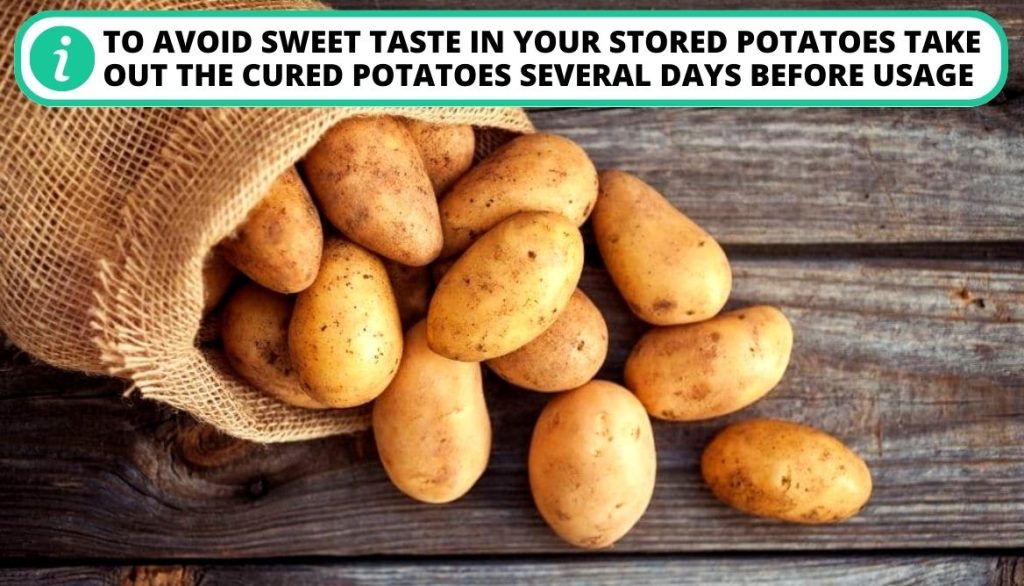
2. Green Potatoes
If your thin-skinned potatoes are exposed to light, they may turn green. Greening is the result of a toxic alkaloid called solanine.
Such potatoes will taste bitter and can cause illness. You can peel and cut off the green part before cooking.
Ideal Potato Harvesting Time
If you don’t know about the optimal timing for harvesting potatoes, take these factors into account:
1. First Early Potatoes
First early potatoes are usually planted between February and April and harvested in the month of June and July. It means they are harvested before the other types of potatoes.
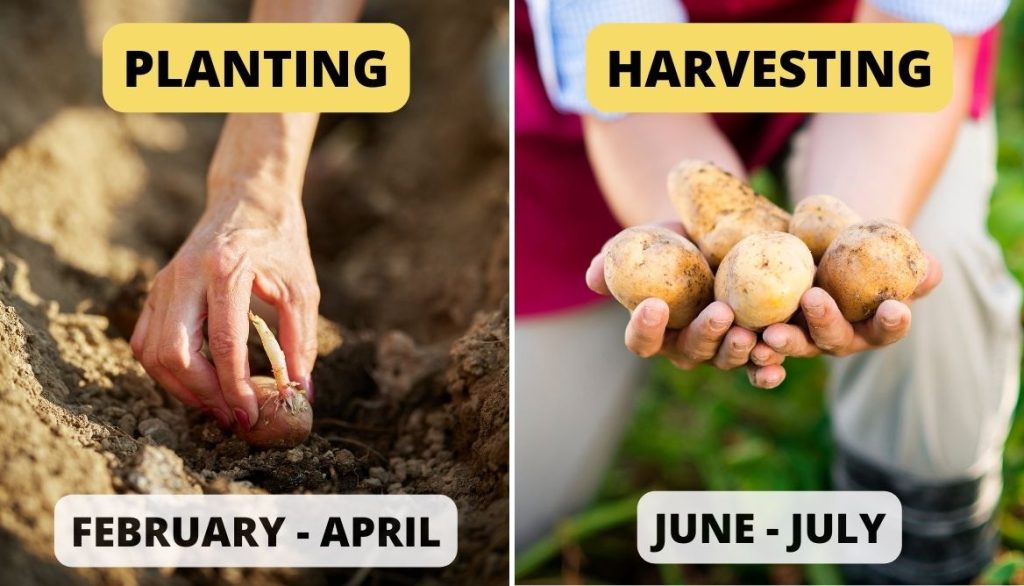
- They are fast-growing potatoes and are sweet and taste delicious.
- You can plant these in small plots and even in containers.
2. Second Early Potatoes
The second early potato comes after the first ones. These are ready to harvest from mid-July.
- They work really well in cold and hot salads.
- These are also suitable for mashing, baking, roasting, and frying. They taste better and are expensive to buy.
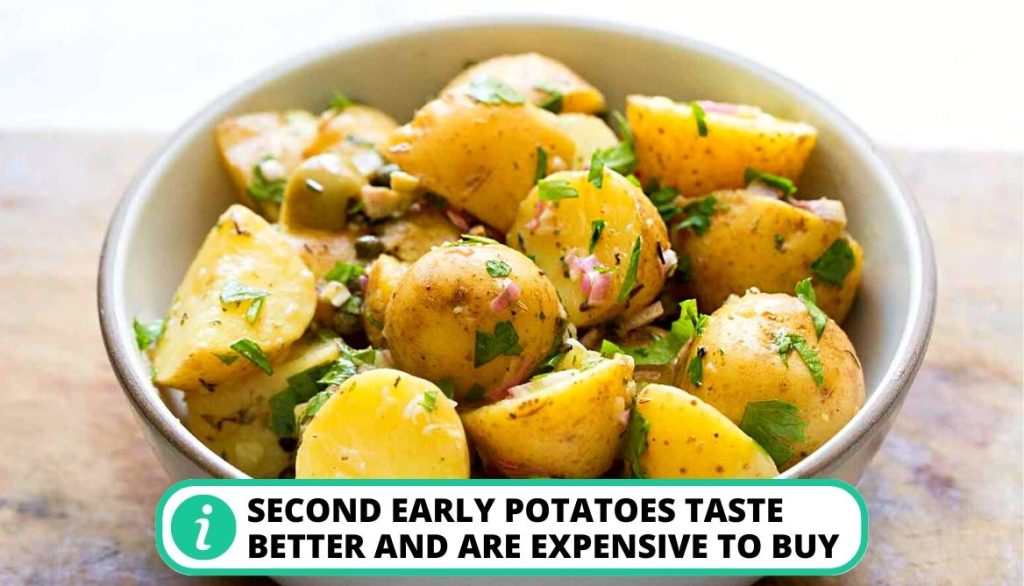
3. Main Crop Potatoes
Main crop potatoes are planted in mid to late April.
- These are bigger in size as compared to the first and second early potatoes.
- This type takes a long time (around 120 – 135 days) to mature.
- You must plant these in the ground instead of containers or bags. These potatoes are harvested from late August to October.
For more insights, we recommend you check out this helpful video.
FAQs
Do potatoes have to cure after harvest?
Yes, potatoes need to be cured after harvest to improve their storage life and develop tougher skin.
How do you cure potatoes for long-term storage?
To cure potatoes for long-term storage, keep them in a cool, dark, and well-ventilated place for about two weeks to allow the skin to toughen and any wounds to heal.
Can I cure potatoes in the refrigerator?
You cannot begin the curing process in the Refrigerator because the potatoes’ chemical structure can be altered. When potatoes are stored at a temperature of less than 50 degrees, the starch starts turning into sugar, leading to bad health effects.
What is the best way to cure potatoes?
The best curing process is to keep them in a temperature ranging from 45 to 60 degrees Fahrenheit and humidity between 85 to 95 percent for two weeks.
Conclusion
Properly curing and storing potatoes after harvest is crucial for maximizing their shelf life and preserving their quality. Always make sure to remove the excess soil and air dry your potatoes, then store them in a cold place. Also, don’t forget to consider factors like humidity and light, etc. Keep in mind that the best place to store potatoes is either a garage, storage pit, or basement.
if you are taking all of the necessary precautions and growing them at their optimal time, potatoes will remain fresh, flavorful, and readily available for an extended period.
Do let us know which potato type you are planting this season and how you are planning to cure them. Share your thoughts in the comments!
- How to Get Potatoes to Sprout Eyes: Detailed Growing Guide with 3 Options - July 31, 2023
- Weight of a Medium Potato: Revealed in Detailed Guide - July 29, 2023
- Maris Piper Potatoes: 9 Substitutes You Should Know About - July 27, 2023
Hello! I’m Jessica Zander, a garden coach and consultant based in the Boston area (zone 6b), offering virtual consultations across the country and Canada.
I’ve been passionate about gardening since the early 1990s, and in 2022, I launched You Can Do It Gardening to empower individuals to feel more confident in their gardening endeavors.
Following a 30-year career in nonprofit finance and operations, I transitioned out of that field in mid-June of 2023 due to the growing demand for coaching services. Interestingly, my years of presenting financial statements to boards and finance committees proved to be valuable experience for teaching people about gardening! I enjoy sharing skills, providing guidance and suggestions, and collaborating efficiently with clients to make significant improvements to their outdoor spaces, both small and large. I also regularly teach at the Arlington Continuing Education and Cambridge Adult Education.
My approach is direct and practical, akin to Mary Poppins, but tailored to your garden. Clients find satisfaction in saving money and taking pride in their own gardening achievements.

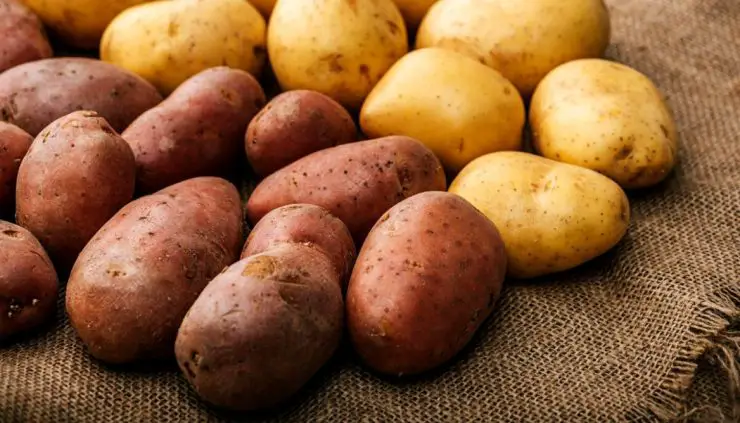

Add comment